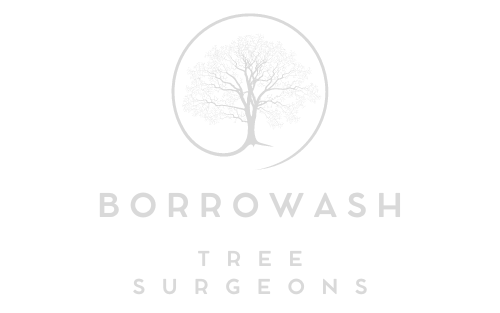The Role of Tree Trimming in Disease Prevention
Introduction: Trees are essential to our environment, providing numerous benefits such as shade, clean air, and aesthetic beauty. However, like any living organism, trees are susceptible to diseases that can threaten their health and longevity. Tree trimming plays a crucial role in disease prevention by maintaining tree vitality, removing diseased branches, and reducing the risk of infection. In this blog post, we will explore the significance of tree trimming in preventing and managing tree diseases.
1. Early Detection and Intervention:
Regular tree trimming allows arborists and homeowners to inspect the tree’s health closely. Early signs of disease, such as discoloured or wilting leaves, can be spotted and addressed promptly during these inspections. Early intervention is often the key to preventing the spread of disease.
2. Removal of Diseased Branches:
Diseases can manifest in individual branches before spreading to the entire tree. Trimming away diseased branches is a crucial step in disease prevention. Removing affected branches can halt the progression of the disease, protecting the rest of the tree.
3. Improved Air Circulation:
Proper tree trimming can thin the canopy and improve air circulation within the tree. This reduces the humidity around the leaves and minimises the conditions favourable for fungal and bacterial diseases to thrive.
4. Enhanced Sunlight Exposure:
Trimming helps create a more open canopy that allows sunlight to penetrate the tree’s interior. Sunlight has natural antibacterial and antifungal properties, helping prevent disease development and spread.
5. Pruning for Tree Health:
Strategic pruning promotes the overall health and vigour of the tree. By removing deadwood, crossed branches, and weak growth, the tree’s resources can be redirected to strengthen the healthier parts, making it more resilient against diseases.
6. Reducing Stress on Trees:
Overgrown or overcrowded branches can stress a tree, making it more susceptible to diseases. Proper trimming ensures the tree’s resources are used efficiently, reducing stress and vulnerability.
7. Preventing Pest Infestations:
Certain tree diseases attract pests that can further damage the tree. By preventing and managing diseases through trimming, you can also reduce the likelihood of pest infestations.
8. Promoting Wound Healing:
When branches are trimmed correctly, the wounds heal more efficiently. Proper cuts, made just outside the branch collar, minimise the risk of infection and allow the tree to recover more effectively.
9. Preventing Disease Spread:
Some highly contagious diseases can spread to neighbouring trees through root grafts or the air. Timely trimming and removal of infected trees or branches can prevent the disease from spreading to nearby trees.
10. Consulting Professionals:
While tree trimming is essential to disease prevention, it’s crucial to consult with certified arborists or professional tree surgeons for expert guidance. They can assess your trees, identify signs of disease, and recommend the appropriate trimming techniques to safeguard your tree’s health.
Conclusion: Tree trimming is not just about aesthetics; it’s fundamental in disease prevention and tree health management. By regularly inspecting your trees, removing diseased branches, and promoting proper tree care, you can ensure your landscape’s long-term vitality and beauty. Consulting with professionals ensures that your tree trimming efforts are carried out effectively and contribute to the overall well-being of your trees and the environment.
Call us on: 01332 215 097
Click here to find out more about Borrowash Tree Surgeons
Click here to complete our contact form and see how we can help with your tree’s needs.

